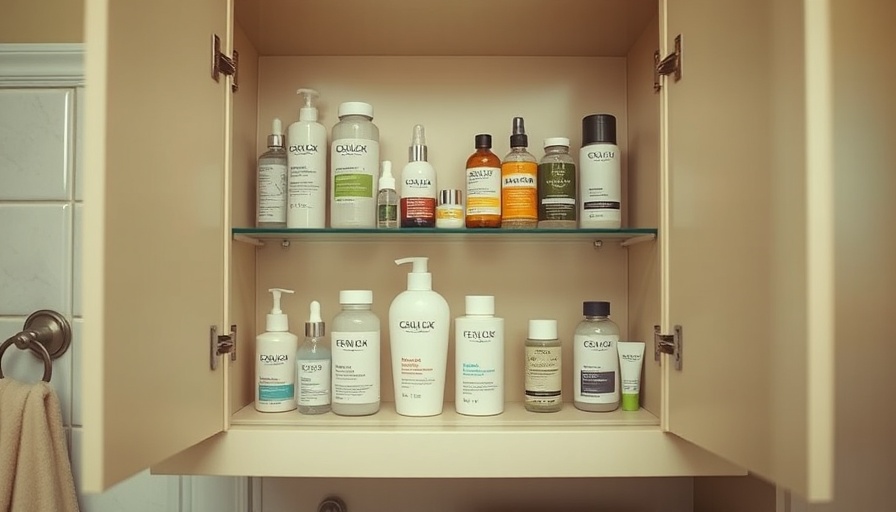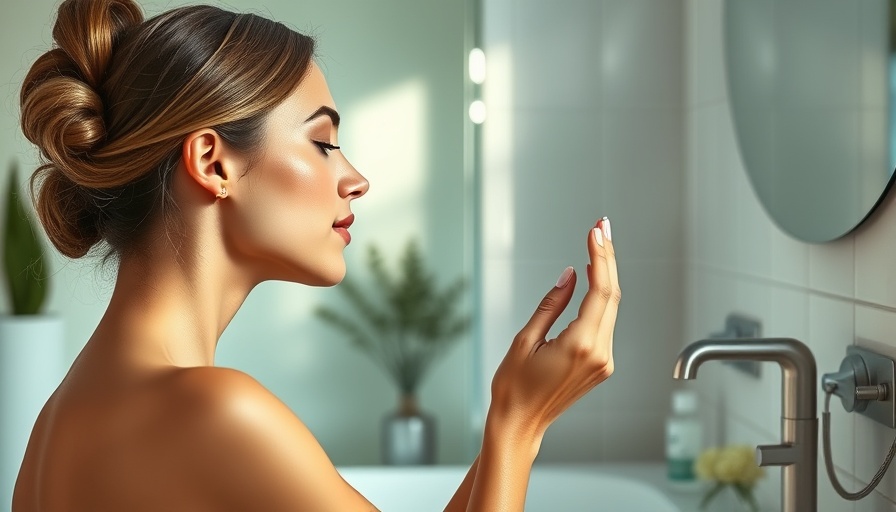
Understanding Rosacea: A Common Skin Concern
Have you ever tried a new skincare product only for your skin to impossibly disagree? If you find yourself battling redness, irritation, and breakouts, you may relate to the plight of those suffering from rosacea. According to the American Academy of Dermatology, over 14 million people in the U.S. experience rosacea, making it one of the most common yet misunderstood skin conditions. While many try countless remedies, few products cater specifically to the needs of rosacea-prone skin, often leading to exacerbating symptoms. That's why understanding rosacea is vital not just to know how to handle it, but also to nurture your skin effectively.
The Types of Rosacea: Knowing What You're Up Against
Recognizing the different types of rosacea is essential to effective treatment. According to dermatologists, rosacea primarily presents in three forms: Papulopustular, which leads to red, acne-like bumps; Erythematotelangiectatic, characterized by persistent facial redness and broken blood vessels; and Phymatous, which causes thickening skin on the nose, often seen in older males as Rhinophyma. Additionally, ocular rosacea can lead to persistent redness in the eyes, adding another layer of complexity to managing this condition. This understanding of variability encourages tailored skincare approaches.
Triggers of Rosacea: What To Avoid
For many individuals, specific triggers can worsen rosacea flare-ups. Genetic predisposition combined with irritants like red wine, spicy foods, and caffeine may lead to increased flushing. Weather changes, the irritation from wearing face masks, and even extreme workouts can cause your skin to react. Therefore, keeping a close eye on personal triggers can help in choosing products that offer relief rather than irritation. Incorporating simpler, gentle products might make a significant difference.
Choosing the Right Products for Rosacea
So what skincare products can genuinely help manage rosacea? The key is to look for gentle, hydrating formulations free from irritating ingredients like alcohol or strong fragrances. Mineral sunscreens can provide protection without causing inflammation, while gentle cleansers with soothing ingredients (like aloe or chamomile) clean without over-drying. Products like ceramides and niacinamide also support the skin’s barrier, essential for rosacea-prone skin. Additionally, incorporating topical treatments containing azelaic acid or metronidazole can benefit those with pustular forms of rosacea.
Practical Tips to Nurture Your Skin
Beyond products, there are practical tips that can make a world of difference in managing rosacea. Keeping your skincare routine simple is paramount. Reducing the number of steps and employing hypoallergenic items helps to minimize irritation. Creating a soothing ritual can also provide comfort—think warm cloths and good moisturizers. And remember, maintaining skin hydration is key; consider using a humidifier in dry environments to keep your skin's barrier intact.
Conclusion: Cultivating a Rosacea-Friendly Routine
Understanding rosacea and its triggers opens up the path for better care. With the right products and a few practical tips, you can confidently navigate this skin challenge while fostering healthier skin. If you're struggling with rosacea, it's essential to consult a skincare professional to tailor a routine that suits your needs. Don't hesitate to start today—you deserve clear and healthy skin!
 Add Row
Add Row  Add
Add 




Write A Comment